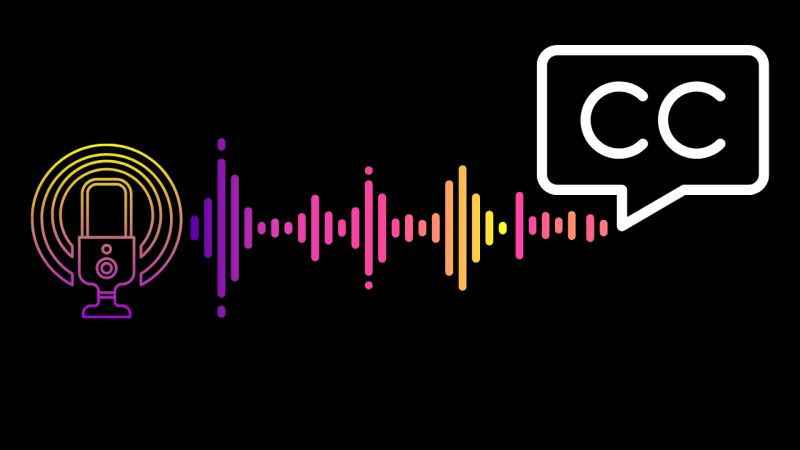This month we looked at color blindness and dyslexia as part of our series on “invisible disabilities”. We’re ending the month by focusing on individuals who are deaf or hard of hearing.
In an earlier post, we chronicled the history of closed captions:
https://kenccid.org/history-of-closed-captions/
This fascinating technology that we take for granted today on our Netflix binge, is rooted in providing an accessible way to communicate with persons who are deaf or hard of hearing.
When first meeting someone, you may automatically assume that they can hear you.
For individuals who are deaf or hard of hearing, this assumption can be alienating.
If corrected, it is best to let that individual indicate how they would like to communicate.
It’s about centering their need to be understood.
Not your discomfort at realizing they are deaf or hard of hearing.
At KenCCID, centering individuals with disabilities is all we do.
It’s all we’ve been doing for close to 50 years.
With your generous support, we can ensure that we continue to create a safe and nurturing space for individuals with disabilities to thrive.
Donate now at kenccid.org/donate.

